This post may contain affiliate links. Please read our disclosure policy.
It can be hard to grow tomatoes in your garden. I love the idea of feeding your family with a garden, so I have tried to learn some great tips from gardeners about how to do just that. Some vegetables are easy to grow, with others are a little more complicated.
Not many vegetables can compare to the taste of a juicy, homegrown tomato with fresh basil and a slice of mozzarella. No matter how much gardening space you have, or how green your thumb is (or is not!), you can enjoy home-grown tomatoes. The secret is choosing the right tomatoes and providing good care.
Choosing Your Tomato Plant
When choosing tomato plants for your garden, it’s a good idea to grow different varieties, as each has its own unique flavor and growth habits. Understanding the difference between determinate and indeterminate is important. The two varieties grow and ripen at different rates:
- Determinate — these tomato varieties are bushier, require less staking, and ripen earlier in the season than indeterminate varieties.
- Indeterminate — these tomatoes are more vine-like, require staking, and bear fruit longer into the season.
Tomatoes are perennials grown as annuals, so in warmer regions like Hawaii, tomatoes can grow year-round. Many varieties grow well in all climates, including ‘Celebrity’ and ‘Better Boy.’ To grow the best tomatoes, you want to choose varieties that thrive in your climate:
- Cool summer climates — Cool climate tomatoes varieties thrive in areas with cool summers and ripen where heat is too low for most tomatoes. Consider choosing an early variety, such as ‘Early Girl’ and ‘Stupice.’
- Warm summer climates — In areas that enjoy warm summer days and nights, large-fruited tomatoes, such as “Beefsteak,’ ‘Beefmaster’ and ‘Big Beef,’ grow well. They can grow up to full size, which can be up to a pound or more.
- Container Tomatoes — Certain tomato varieties adapt to container culture better than others. ‘Better Bush’ and Dwarf Champion,’ as well as other smaller-growing varieties, are ideal for container gardens.
Understanding Tomatoes’ Basic Needs
Like other warm-season vegetables, tomatoes need sunshine, water and warm weather. Plants thrive in almost any good garden soil, but they still depend on you for care. Make sure you provide your tomato plant with:
- Warmth — Tomatoes thrive in areas with warm 70° to 80° Fahrenheit summer days and temperatures between 60°F and 70°F at night.
- Sunshine — Tomatoes love to bask in the sun. Choose a location that receives 6 to 8 hours of sunlight daily to plant your garden or place your containers.
- Water — Tomatoes need consistent moisture, but be careful. Too little and too much water can damage your plants. Excessive dryness can lead to blossom end rot, while over- or inconsistent watering causes the fruit to split. Your tomatoes have deep roots and grow best if you water at regular intervals, soaking the soil 6 to 8 inches deep each time.
- Stakes — Give your tomatoes a lift by staking them with sticks, wire cages, or twine strung from an overhead pole. Staking keeps tomatoes off the ground away from insects and provides support for the plant stems, which helps with flower and fruit production.
- Food — Once you notice the first clusters of fruit, begin feeding plants every three weeks. Use a 5-10-10 fertilizer and work ½ tablespoon into the soil about six inches from the main stem.
Protecting Plants From Pests and Disease
Tomatoes are susceptible to several diseases — many live in your soil and threaten your plants each year. Look out for the most common tomato diseases and pests and use organic solutions (such as Safer Brand) to keep your tomatoes pest and disease free:
- Blight — This disease often destroys tomato plants during wet summers. Plant leaves turn brown and the stems black. Prevent damage to your plants and avoid planting tomatoes in the same place each year.
- Blossom end rot — If you notice the bottoms of your fruit turning brown and leathery, this is a sign of blossom end rot. It’s caused by a calcium deficiency and fluctuations in moisture. Adding calcium to the soil and watering plants regularly can help prevent this disease.
- The wilts — Fusarium and verticillium wilt are fungi living in your soil. If your tomatoes are suffering from the wilts, you’ll notice brown stems and yellow, shriveling leaves. Once infected, your plant will die. There’s no cure, but you can take preventive steps.
Don’t plant your tomatoes in the same place — move their location every few years. Destroy any sick plants, and burn them if you can. Buy tomato varieties that are resistant to wilt. Look for a VFN on the plant label.
- Tomato hornworms — They are not actually worms, but huge caterpillars that feed on the leaves and fruit of tomato plants. Hornworms lay eggs in weeds and burrow into the ground, so tilling and keeping weeds under control can help keep populations down. You can also pick them off by hand and kill them by throwing the pests into a bucket of soapy water.
Growing Tomatoes Indoors
If it’s starting to get cold or you don’t have the proper soil for tomato plants, remember that frost doesn’t have to put an end to your enjoyment of tasty, fresh tomatoes. Instead of settling for the hard tasteless tomatoes in your grocer’s produce section, grow tomatoes indoors. Good tomatoes to grow inside are small-fruited varieties, like ‘Toy Boy, ‘Small Fry,’ and Tiny Tim.’
One plant grows well in a 6-inch pot filled with rich potting soil. You can use ¼-inch dowel rods as stakes.
You’ll need to start your seeds in a small pot of starter mix. Sow your seeds about 1/4 inch deep and water to keep the soil moist. Your seeds need a spot near a sunny, south-facing window and temperatures about 70°F during the day. The temperature should be no lower than 50°F at night to germinate, which can take up to 10 days.
Once seedlings grow about 3 inches tall, it’s time to transplant them into the six inch pots. Container plants depend on you for water and nutrients, so supply consistent moisture and light feedings with an all-purpose fertilizer every couple of weeks. Keep your plants near a sunny window and turn pots occasionally so the entire plant gets sunlight.
Enjoy Tomatoes All Year Long
Tomatoes really don’t ask for much, just their basic needs. In return, they produce a large yield of fruit with comparatively little effort from you. Tomatoes are delicious, nutritious and well worth the loving care you put into growing them.
BIO: Alicia is a tea-sipping writer who focuses on healthy and sustainable living via her blog Homey Improvements. She was born and raised in Alaska and dabbles in marketing, Pilates, and is a princess for hire for kid’s parties.
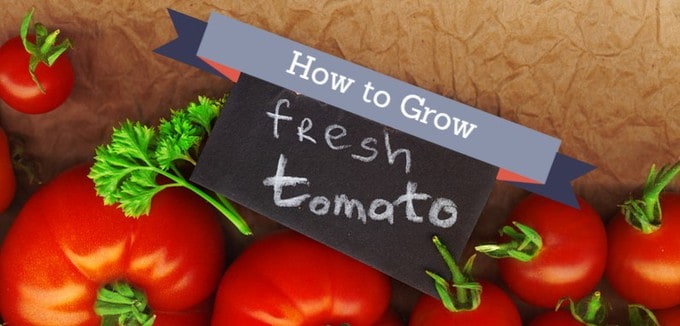
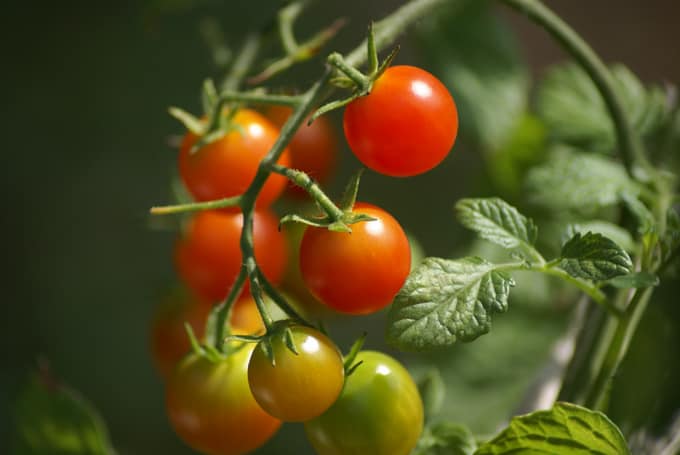
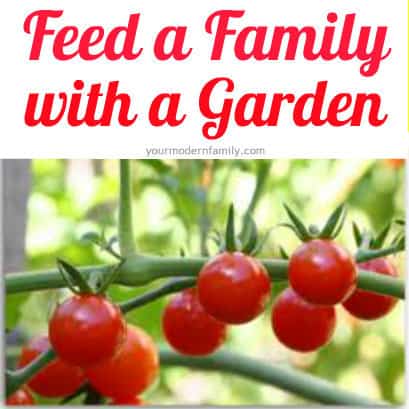
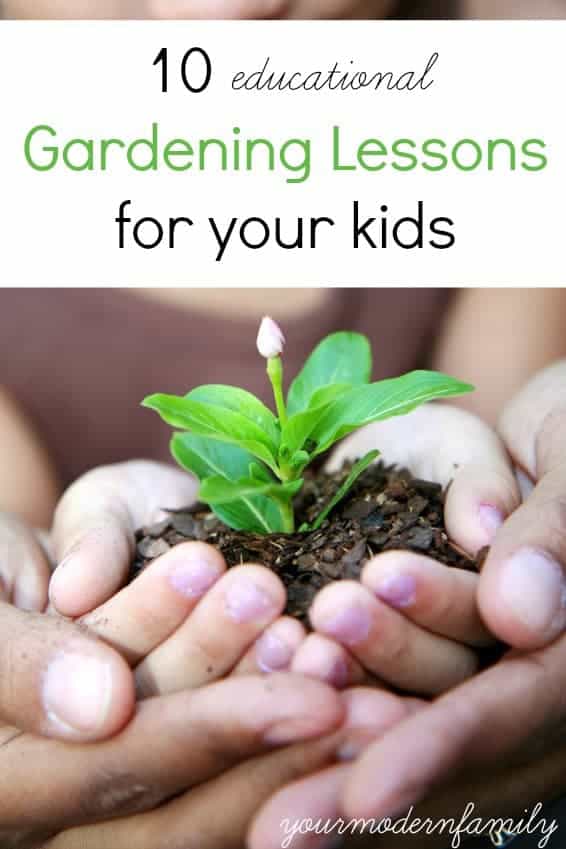

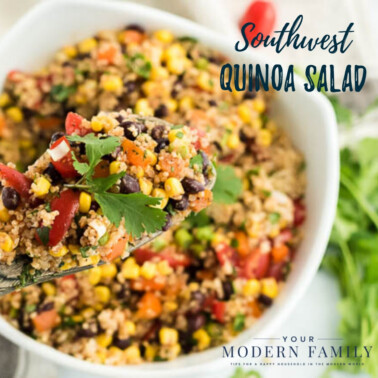


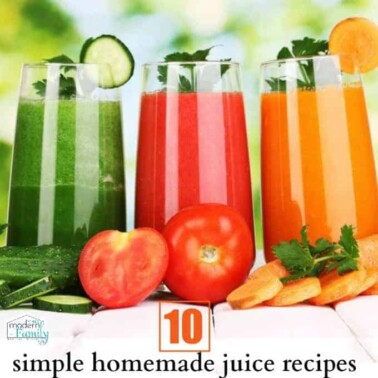









I love growing things with my kids. Last year we were SO excited to grow tomatoes (we live in Spain.) It’s such a great way to get the kids to eat the things they grow. Normally my 6 year old won’t eat tomatoes but he will eat the ones he’s grown. If you live in the UK, I’d go for peas! (Which I can’t seem to grow here.) But my 6 year olds LOVES peas because he used to grow them when we lived in the UK. None of them ever made it to the dinner table. He used to go and pick them for his afternoon snack!
I hear that peas are SO good when they are fresh-picked!!
I am doing a wed site about tomatoes in my school and I got so many info thanks and I like to grow things on gardens and then taken pictures about them and putting on the wed site thx